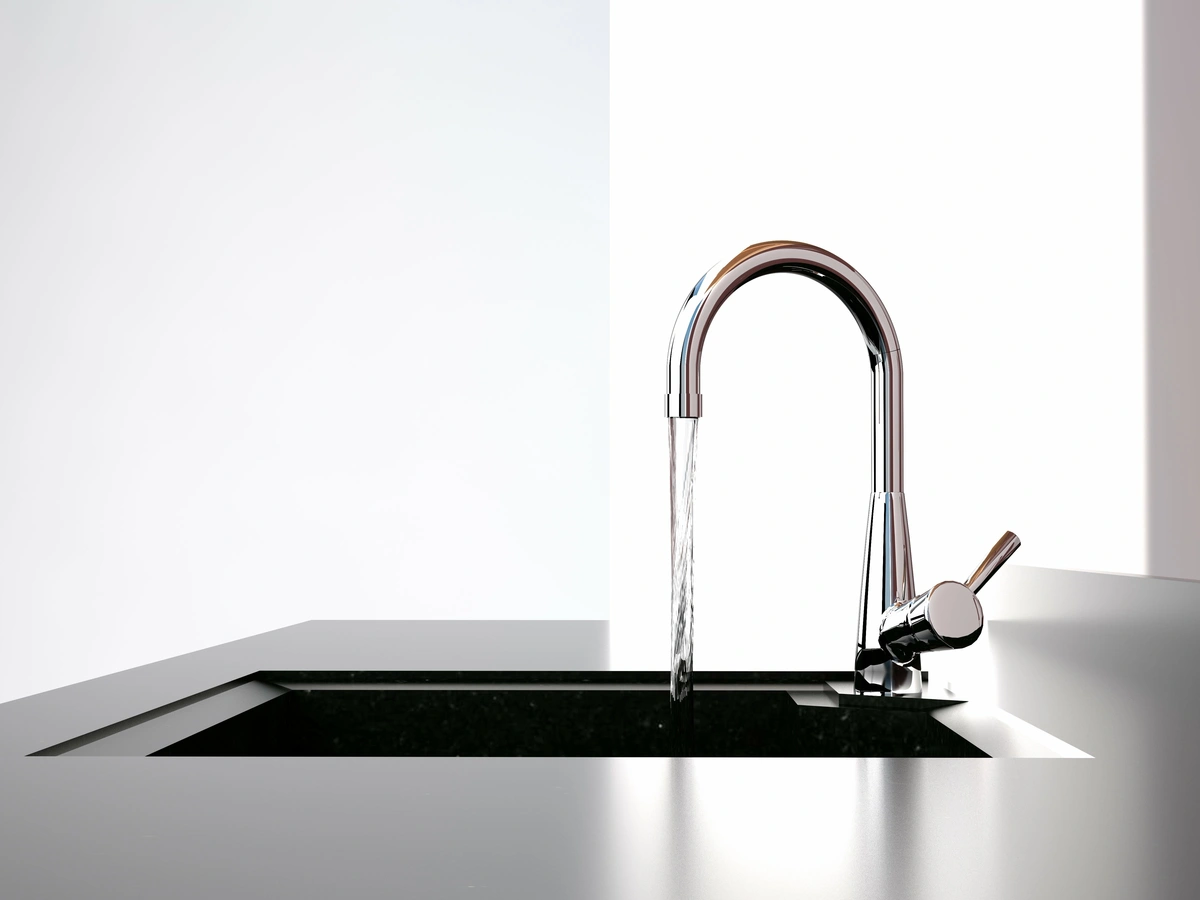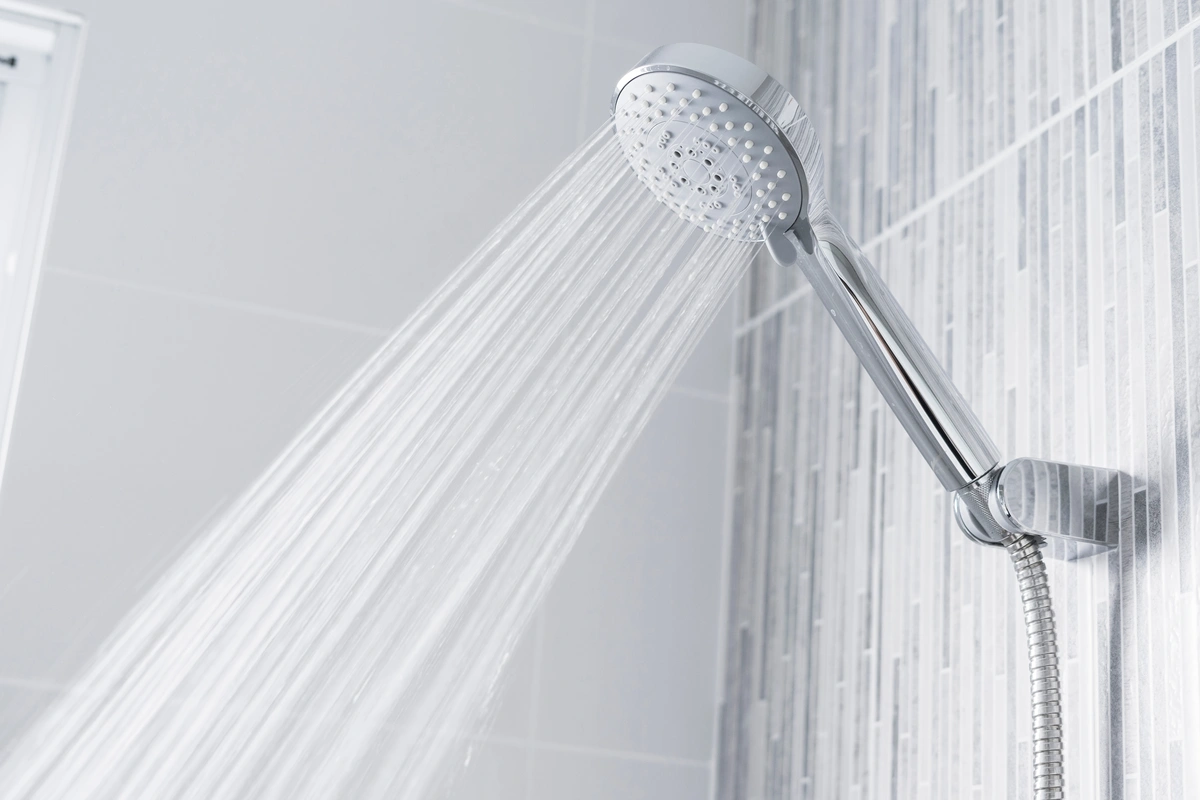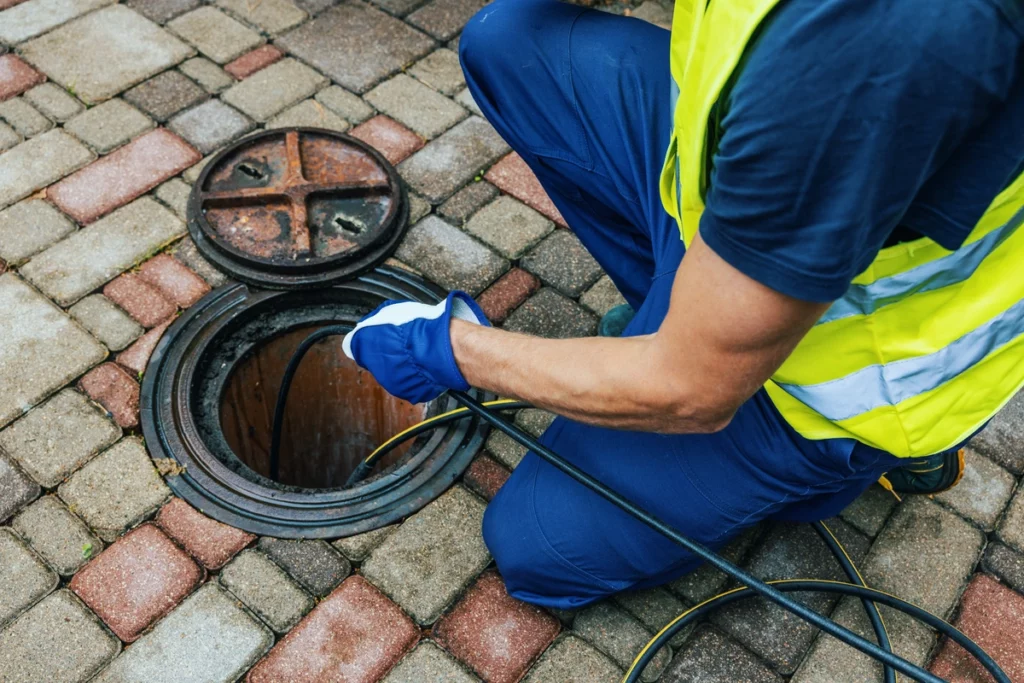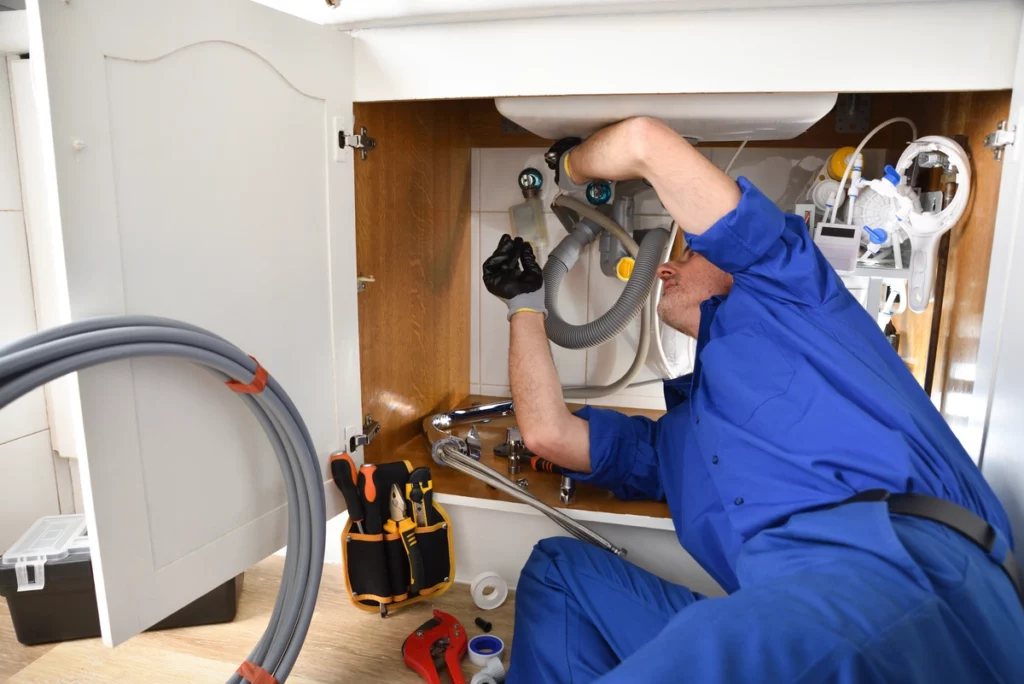If you’ve ever wondered why your water softener occasionally goes into a mysterious “regeneration” mode, you’re not alone. Water softener regeneration is a crucial process that keeps your water soft and your household running smoothly. In this ultimate homeowners guide, we’re diving deep into the world of water softener regeneration. We’ll uncover what it does, why it’s essential, and how it benefits your daily life. So, let’s embark on this journey to understand the magic behind water softener regeneration.
Inside this blog:
- A brief overview of how water softeners work
- How the regeneration process keeps your water soft
- 4 key benefits of water softener regeneration
Keep reading to learn everything you need to know about water softener regeneration!
The Basics of Water Softeners 🚿

Before we delve into regeneration, let’s get the basics down. Water softeners are ingenious devices designed to combat hard water. Hard water contains high levels of minerals, primarily calcium and magnesium. While these minerals aren’t harmful to your health, they can wreak havoc on your plumbing, appliances, and the overall efficiency of your household.
Here’s where water softeners come to the rescue:
- They work their magic by using a process called ion exchange.
- Inside the water softener tank, resin beads coated with sodium or potassium ions attract and bind to the troublesome calcium and magnesium ions in the water.
- As a result, the softened water that emerges is free from the mineral ions that cause scale buildup and other issues.
The Regeneration Mystery Unveiled 🔍
Now, let’s unravel the mystery of regeneration. Regeneration is the process through which a water softener renews its resin beads’ sodium or potassium ions after they become saturated with calcium and magnesium ions. This essential procedure ensures that your water softener continues to deliver soft water consistently.
During regeneration, the water softener flushes a brine solution (a concentrated saltwater solution) through its resin tank. The high concentration of sodium or potassium ions in the brine solution displaces the calcium and magnesium ions on the resin beads. These unwanted mineral ions are then washed away down the drain, leaving the resin beads replenished and ready for action.
So, why does your water softener need to undergo this regeneration process periodically? Well, it’s all about maintaining peak performance.
4 Benefits of Water Softener Regeneration 💧
Water softener regeneration isn’t just a behind-the-scenes task; it’s a vital part of ensuring you enjoy the full benefits of soft water. Here are the advantages of this process:
1. Continuous Soft Water Flow

Thanks to regeneration, your water softener never takes a break from delivering soft water. By regularly recharging the resin beads, your water softener can consistently remove hardness minerals, preventing scale buildup and keeping your appliances and plumbing in excellent condition.
2. Longer Lifespan of Resin Beads
Without regeneration, resin beads would eventually become saturated with mineral ions, rendering them ineffective. Regeneration breathes new life into these beads, extending their usability and saving you money in the long run. You won’t need to replace the resin as often, reducing maintenance costs.
3. Energy Efficiency
Hard water can reduce the efficiency of water-using appliances like dishwashers and water heaters. By ensuring that your water remains consistently soft through regeneration, you’ll improve the efficiency of these appliances, which can lead to energy savings and lower utility bills.
4. Reduced Soap and Detergent Usage
Soft water lathers more easily and efficiently than hard water. By maintaining a continuous flow of soft water, regeneration allows you to use less soap, shampoo, and detergent for bathing, laundry, and cleaning. This not only saves you money but also reduces your environmental footprint.
Understanding the Regeneration Cycle 🔄
Now that we appreciate the importance of regeneration, let’s dive into how it works and how often it happens. The regeneration cycle typically consists of several stages:
1. Backwash 🌊
The first stage involves reversing the water flow through the resin tank. This backwash removes loose sediments, debris, and any remaining calcium and magnesium ions that didn’t detach during normal operation. The backwashed water is flushed down the drain.
2. Brine Draw 🥄
During this stage, the water softener draws the brine solution from the brine tank into the resin tank. The concentrated saltwater solution then flows over the resin beads, exchanging sodium or potassium ions for calcium and magnesium ions.
3. Brine Rinse 🚿
In the brine rinse stage, the resin tank is rinsed with fresh water to remove excess brine and any remaining mineral ions. This final rinse ensures that the resin beads are free from salt and ready to soften water again.
4. Fast Rinse 💨
The last stage involves a rapid flow of water through the resin tank to settle the resin beads back into their regular configuration for water softening.
How Often Does Regeneration Occur?
The frequency of regeneration depends on several factors, including water hardness, water usage, and the size of your water softener. Most residential water softeners regenerate on a timer, typically set to occur every two to three days. However, some advanced systems can regenerate based on actual water usage, which can be more efficient.
Enhance Your Home’s Water Today
In the world of water softeners, regeneration is an amazing feature that ensures your home enjoys the numerous benefits of soft water. By understanding this vital process, you can maintain peak performance, extend the lifespan of your water softener, and enjoy the convenience and savings that come with consistently soft water. So, the next time you hear your water softener humming away in regeneration mode, know that it’s working hard to make your life better, one soft drop at a time.
Contact our plumbing experts at AJ Alberts today and experience top-notch work from reliable plumbers. Let’s make the water in your home safer, cleaner, and tastier!







